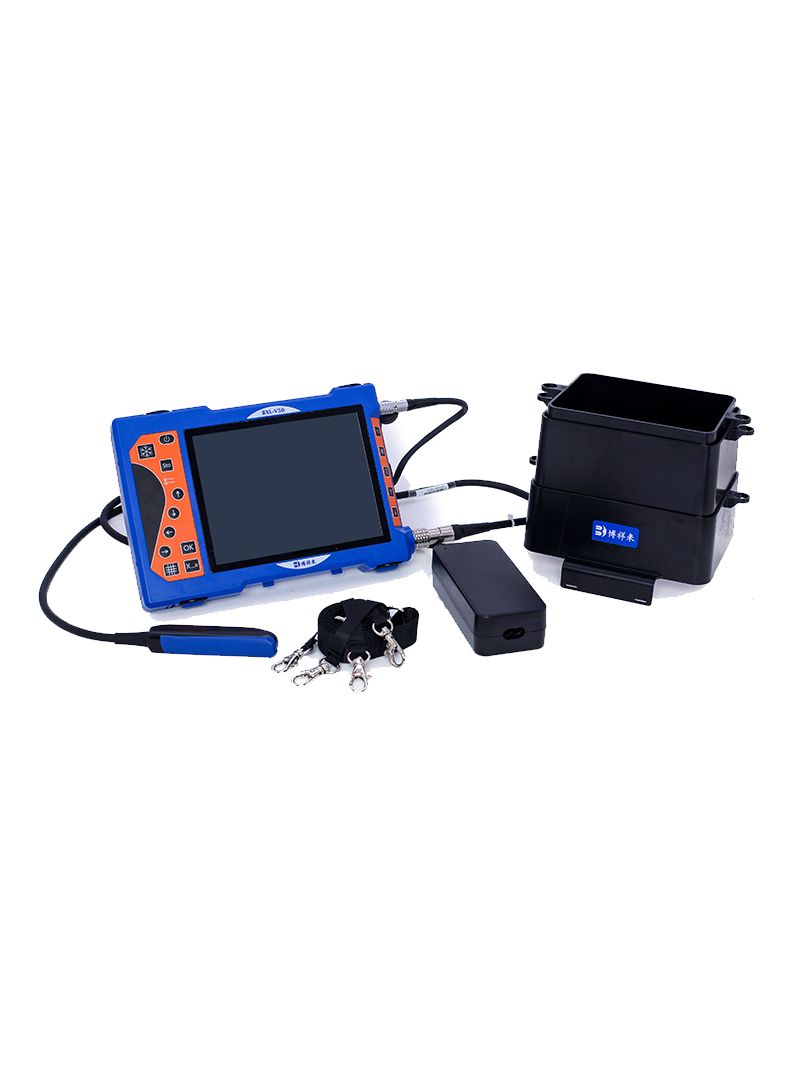The primary difference between Veterinary ultrasound and medical ultrasound lies in the intended application and the species being examined. However, the underlying technology and principles are largely the same. Here’s a breakdown of the key differences and similarities:

1. Purpose and Use
Veterinary Ultrasound
- Designed to diagnose and monitor the health of animals (pets, livestock, wildlife, or exotic species).
- Common uses include:
- Reproductive health: Pregnancy checks in cows, dogs, or horses.
- Organ health: Examining kidneys, liver, heart, or intestines.
- Tumor or mass detection: Identifying growths in animals.
- Specialized imaging for diverse species ranging from birds to large mammals.
Medical Ultrasound
- Specifically intended for human healthcare.
- Common uses include:
- Prenatal care: Monitoring human fetal development.
- Cardiology: Echocardiograms to assess heart function.
- Abdominal scans: Diagnosing issues in the liver, pancreas, or bladder.
- Soft tissue imaging: Detecting cysts, tumors, or muscle injuries.
2. Equipment Design and Features
Veterinary Ultrasound
- Often designed for portability to accommodate on-site use in farms, stables, or mobile clinics.
- Comes with probes and settings optimized for a variety of animal anatomies and sizes:
- Small animals (cats, dogs): High-frequency probes for detailed imaging.
- Large animals (horses, cattle): Low-frequency probes for deeper penetration.
- Durable and sometimes waterproof to withstand outdoor or rough conditions.
- May include species-specific presets to simplify settings for different animals.
Medical Ultrasound
- Primarily intended for clinical or hospital settings, with less emphasis on portability.
- Probes and settings are optimized for the human anatomy and specific medical specialties (e.g., obstetrics, cardiology).
- Often features advanced imaging capabilities like 3D/4D ultrasound, which is more commonly used in human prenatal care.
3. Cost and Accessibility
Veterinary Ultrasound
- Generally more affordable than medical ultrasound machines due to:
- Lower regulatory requirements.
- Simpler designs tailored to animals rather than advanced human applications.
- Machines are sold by specialized suppliers focusing on veterinary needs.
Medical Ultrasound
- Tends to be more expensive due to:
- Advanced imaging technologies.
- Stricter regulatory compliance (e.g., FDA or CE certifications).
- Broader functionality for human diagnostic needs.
4. Training and Expertise
Veterinary Ultrasound
- Veterinarians and technicians are trained to use ultrasound machines for animals, requiring knowledge of different species' anatomy and physiology.
- Training covers the specific challenges of imaging animals, such as dealing with fur, varying body sizes, and behavior during exams.
Medical Ultrasound
- Medical professionals, such as radiologists and sonographers, are trained to use the equipment for human patients.
- Training focuses on human anatomy and conditions, as well as advanced imaging techniques like Doppler and elastography.
5. Animal-Specific Challenges
Veterinary Ultrasound
- Must accommodate a wide range of species with different body structures.
- Handling animals often requires additional care, such as sedation or restraint, to ensure accurate imaging.
- Portable equipment is often necessary for use in non-clinical environments.
Medical Ultrasound
- Focused entirely on human patients, typically performed in controlled environments like clinics or hospitals.
- Patients can usually remain still during the scan, reducing the need for specialized handling techniques.
6. Regulatory Standards
Veterinary Ultrasound
- Subject to veterinary-specific guidelines, but regulations are often less stringent than those for medical devices.
Medical Ultrasound
- Highly regulated by organizations such as the FDA (U.S.) or CE (Europe) to ensure safety and efficacy for human use.
Similarities
- Both use sound waves to create images of internal structures.
- Non-invasive and safe procedures with no ionizing radiation.
- Require skilled operators to interpret the results accurately.
tags: veterinary ultrasoundmedical ultrasound


